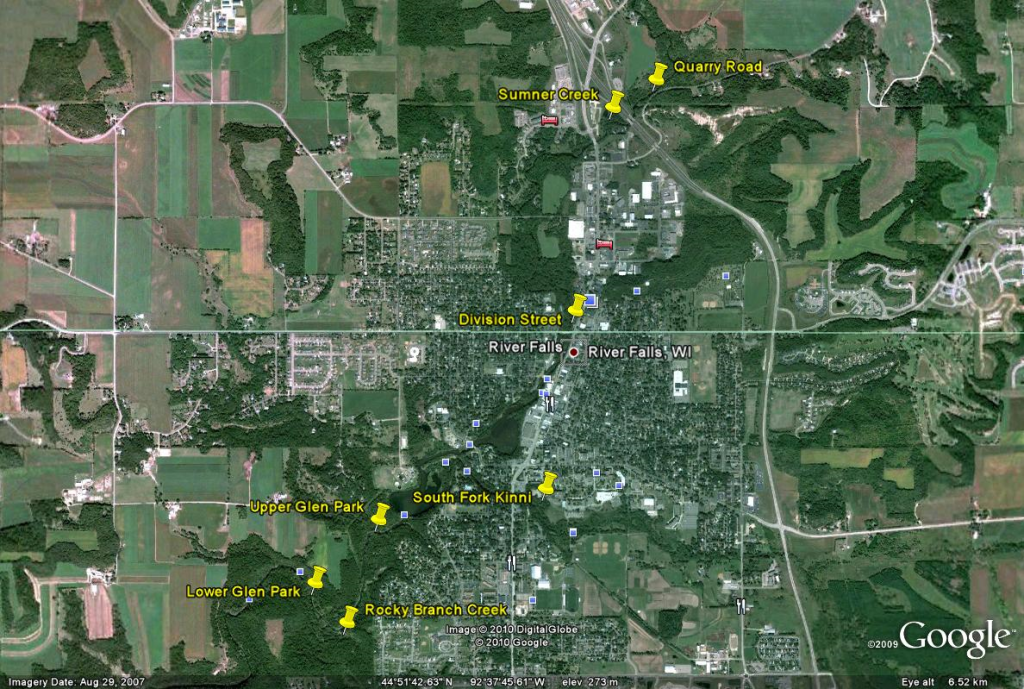New Kinni Monitoring Reports
Two new Kiap-TU-Wish monitoring reports are now available in our Coldwater Science Library
“The Thermal Impacts of Kinnickinnic River Hydropower Dams and Impoundments in River Falls, WI, and Recent Thermal Benefits of the Lake Louise Drawdown”
Author: Kent Johnson, Kiap-TU-Wish Chapter
Summary: This report summarizes 29 years of Kinnickinnic River temperature monitoring by Kiap-TU-Wish, describing the temperature monitoring network, the thermal impacts of Kinni dams and impoundments (1994-2020), recent (2021-2022) Kinni temperature improvements after the Lake Louise drawdown in 2020, the ongoing thermal impact of the Junction Falls Dam and Lake George, and plans for future temperature monitoring, as a part of the Kinnickinnic River Monitoring Plan, created in 2021 and implemented in 2022. Kiap-TU-Wish has graciously supported this critical temperature monitoring network, as we seek to understand the thermal impacts of stormwater, dams, and long-term climate change on the Kinni in River Falls.

Kiap-TU-Wish temperature monitoring sites on the Kinnickinnic River and tributaries in River Falls, WI

“Kinnickinnic River Macroinvertebrate Monitoring: Past, Present, and Future”
Authors: Kent Johnson, Kiap-TU-Wish Chapter, Clarke Garry, Professor Emeritus,
UW-River Falls
Summary: In Wisconsin, the use of aquatic macroinvertebrates for evaluating stream health was initiated by Dr. William L. Hilsenhoff at UW-Madison in 1977, and the Wisconsin Department of Natural Resources has long employed macroinvertebrate monitoring to characterize stream condition. This report summarizes the results of recent (2022) macroinvertebrate monitoring conducted at 6 sites on the Kinnickinnic River (Upper, Lower, and the new Kinni through Lake Louise), with a comparison to the river-wide macroinvertebrate monitoring conducted by Dr. Clarke Garry in 2002. After a gap of 20 years, Kinni bugs and bug-whisperers provide an update on Kinni health, then and now. Plans for future (2023-2025) macroinvertebrate monitoring at additional Kinni sites are also described. As with all Kiap-TU-Wish projects, volunteer support was critical for this one. Kiap-TU-Wish, KinniCC, and UW-River Falls volunteer time was a key to success, and Kiap-TU-Wish and KinniCC provided funding for detailed bug identification (in Latin, nonetheless!).

Net-spinning Caddisfly (Trichoptera: Hydropsychidae)
Illustration by Janice Nelson Johnson

Kent Johnson (L) and Reid Dawald, KinniCC Stream Team member (R) at the “new Kinni” monitoring site in the former Lake Louise (2022 photo by Dr. John Wheeler, UW-River Falls)

